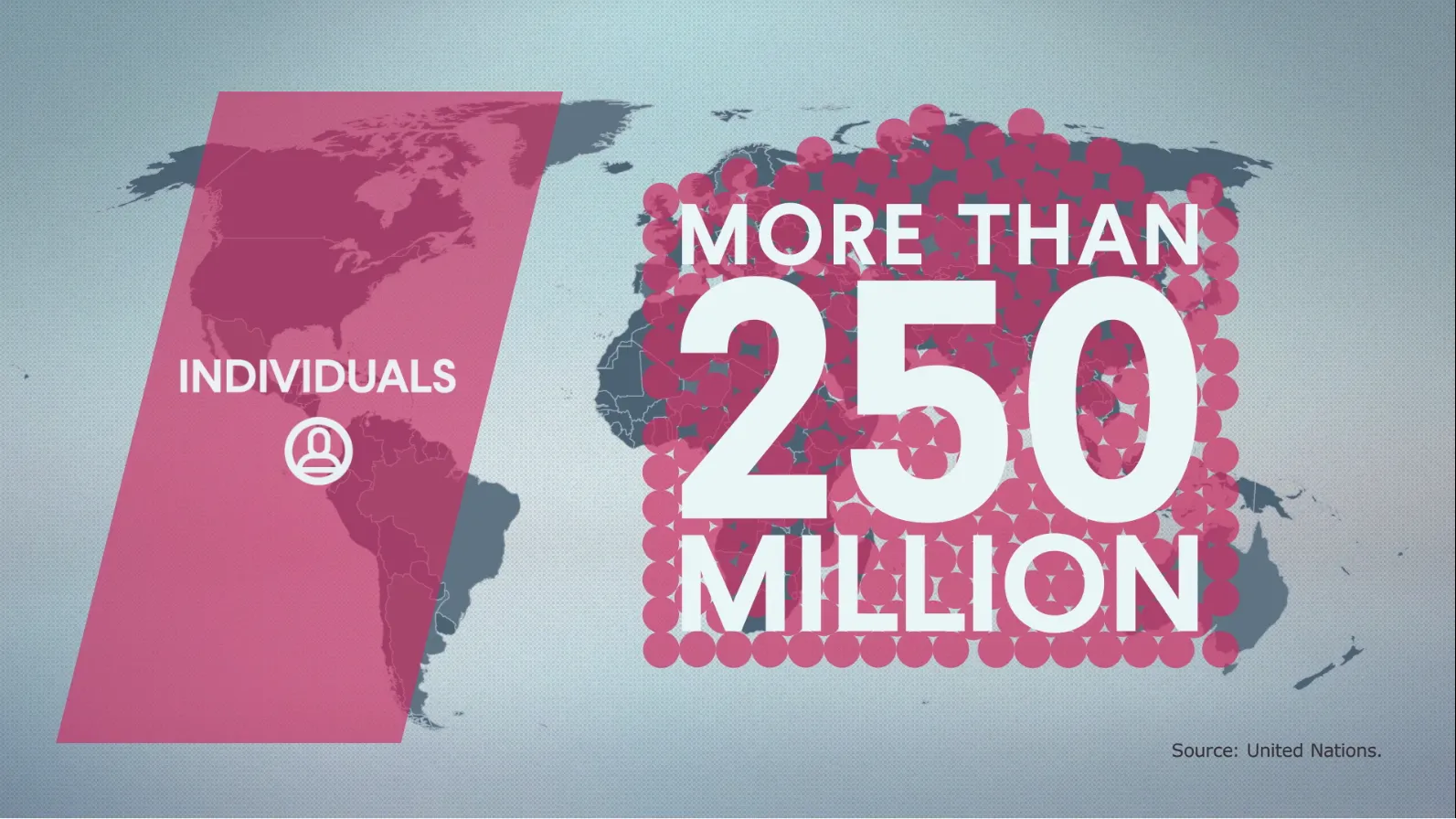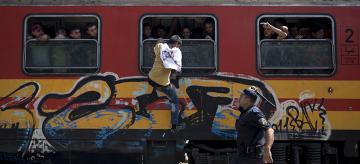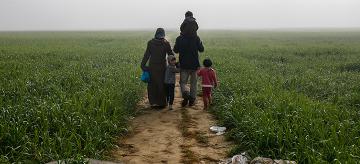What Is Migration?
Why do people migrate? Understand why migration means different things for individuals, countries, and economies in a globalized world.
The movement of people away from their place of usual residence—known as migration—has long shaped human history. These patterns, which involve many types of movement, including across international borders or inside a country, have occurred for millennia, shaped by evolving economic and political challenges and opportunities.
There are more than 280 million migrants today, representing the highest number since World War II, and possibly ever. Migrants leave their homes for diverse reasons. They may be
- seeking better jobs and access to better health care;
- running from famine, war, or natural disasters; or
- fleeing persecution and looking for political and religious freedoms they do not enjoy at home.
Often, a combination of these factors pushes people to leave and pulls them toward their new homes, and international organizations provide a range of legal concepts and protections aiming to protect different groups of migrating people.
While migration today shows no sign of ceasing, many countries are either unable or unwilling to meet this standard. The world needs to not only consider how to welcome migrants but also address the factors pushing them to migrate in the first place.
Why does migration matter?
Though migration is not a new phenomenon, it takes on a new significance in an increasingly interconnected world shaped by new global challenges, such as climate change, the rise of technology, and protracted modern conflicts. Understanding what migration is—who migrates, where they come from, and where they settle—and what causes migration—both the crises and the opportunities—can affect our understanding of critical issues such as national security, economics, climate change, global health, and more.
As the number of migrants continues to grow for various reasons, it is important to understand how migration shapes the world socially, economically, and politically—and, in turn, how countries shape immigration policy in response.



